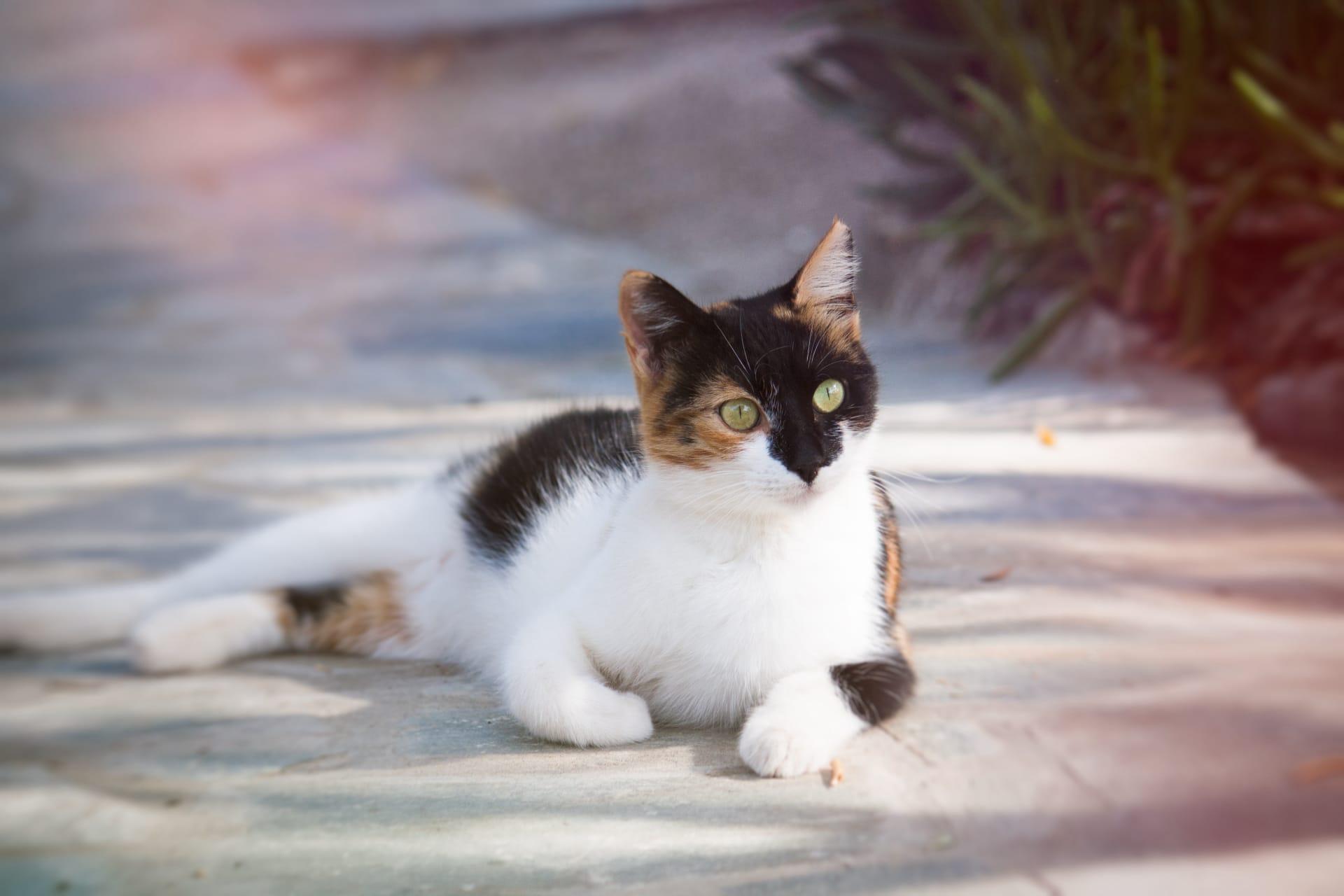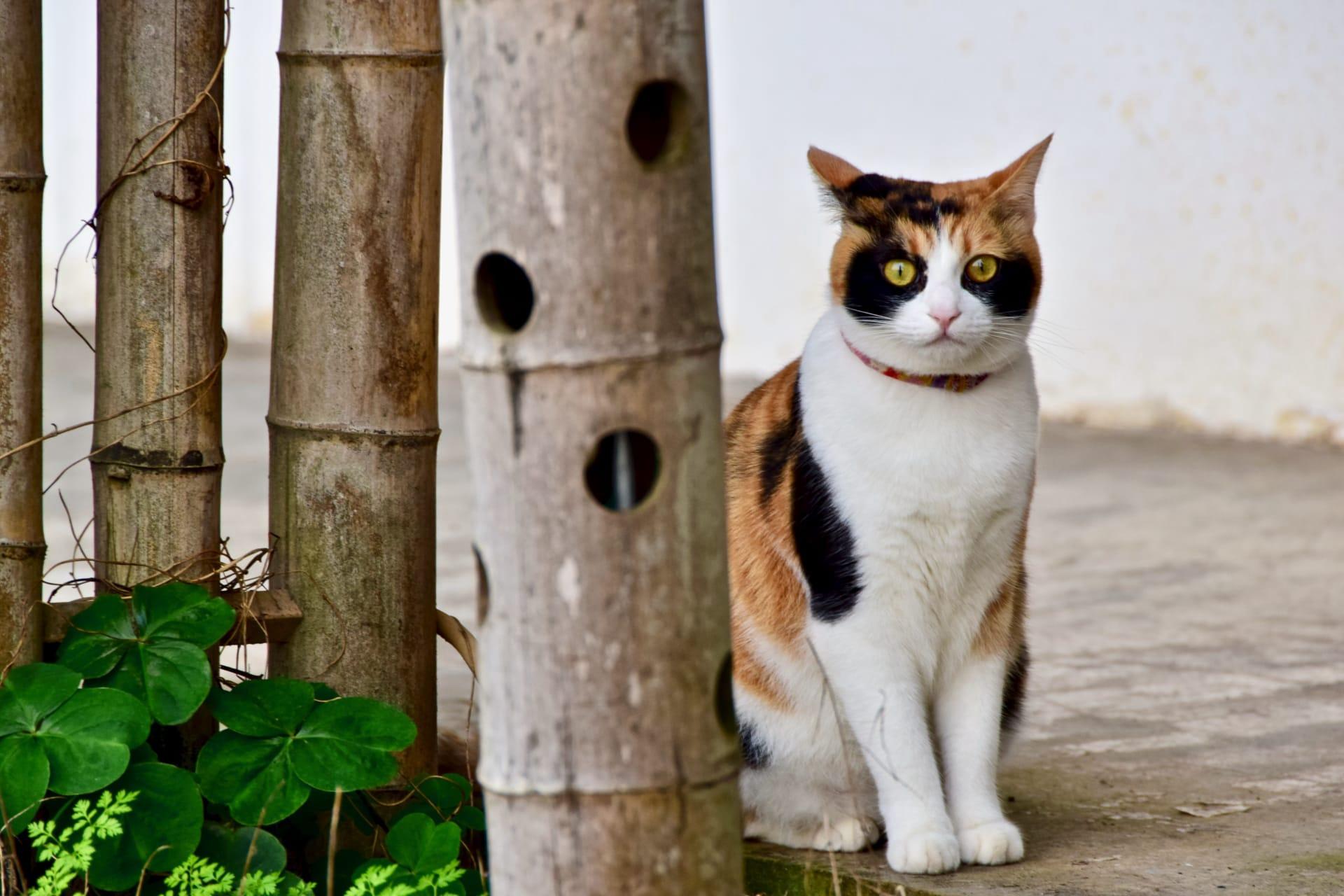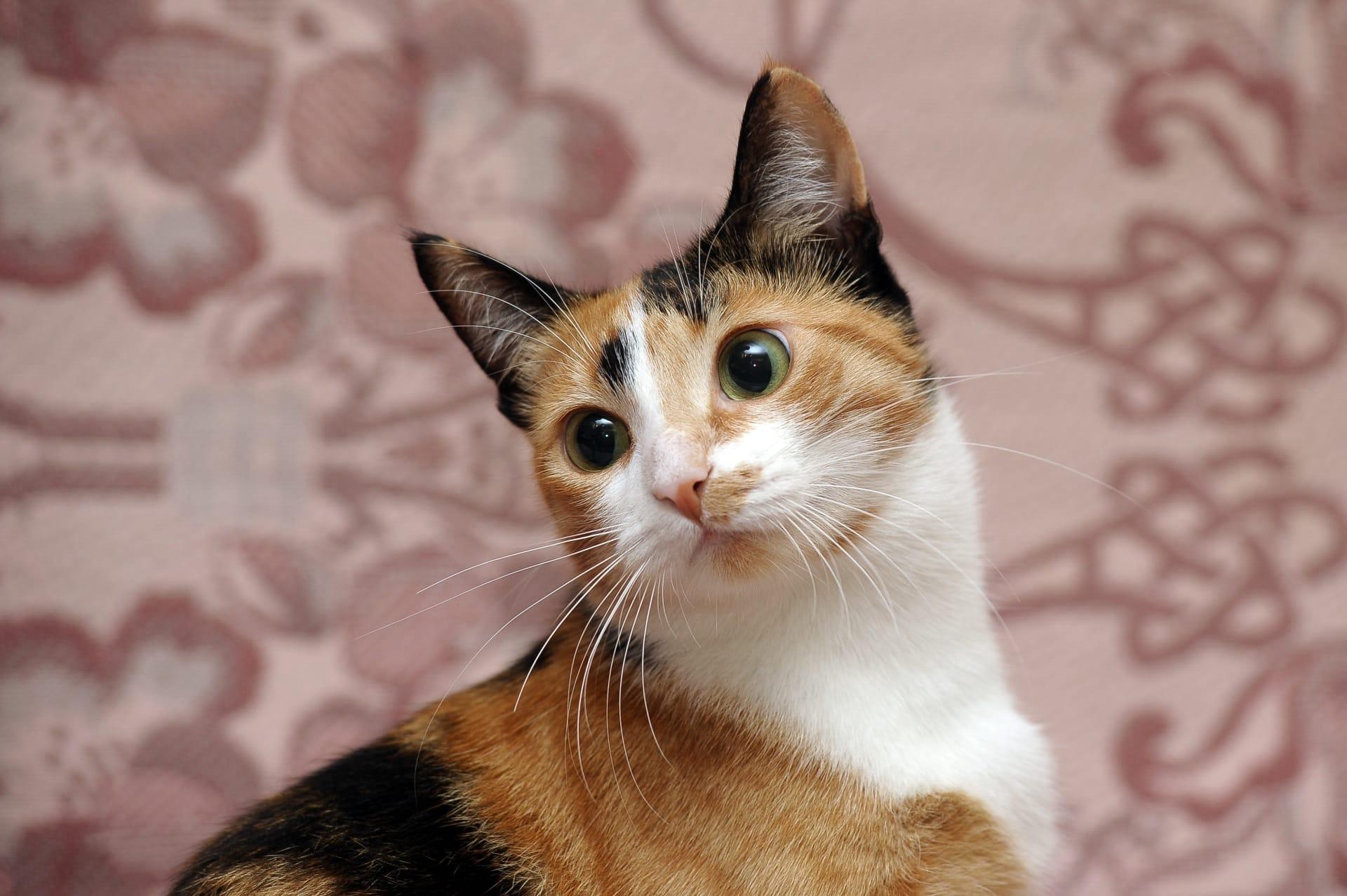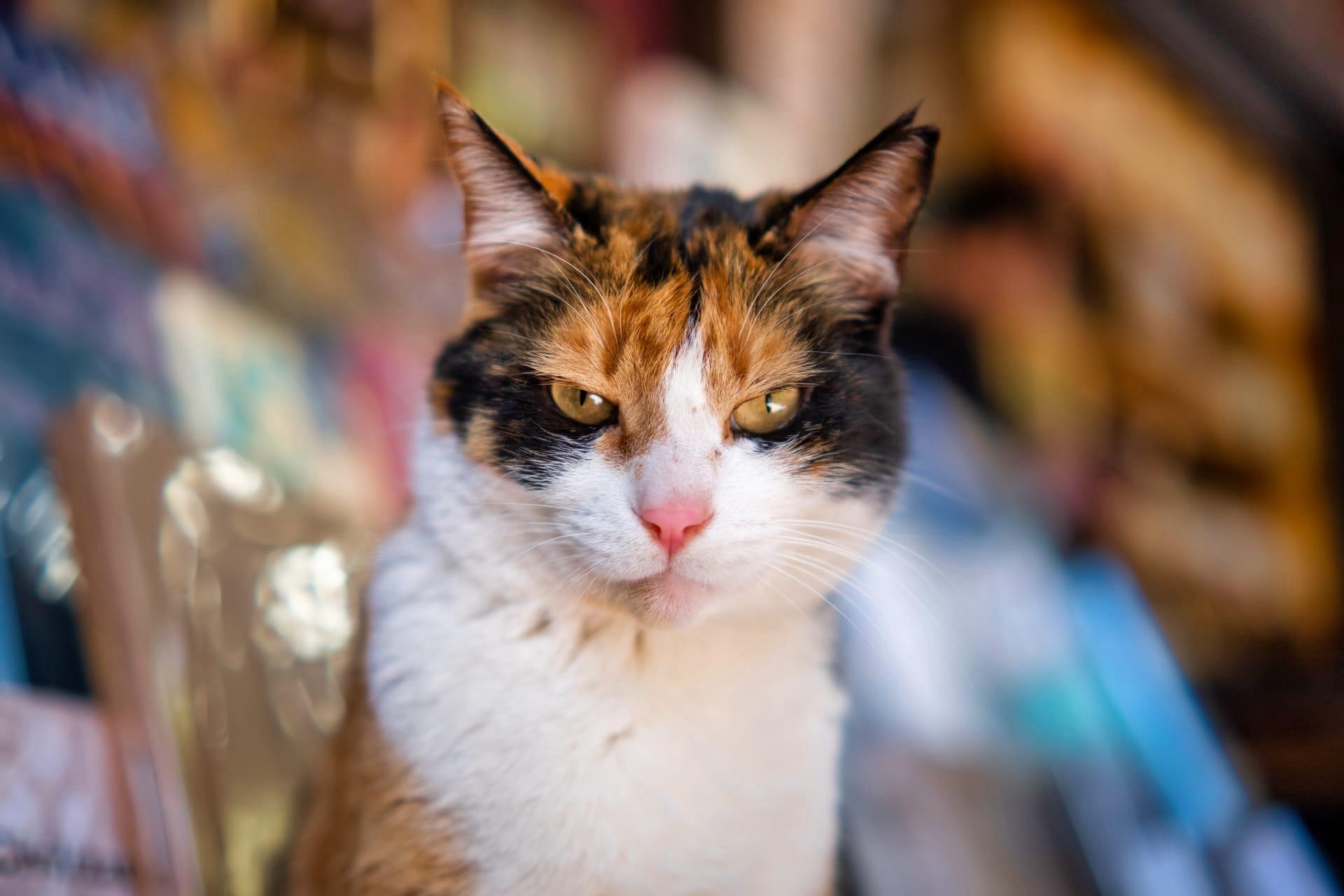Japanese Bobtail Cat Characteristics
- Home /
- Mini Encyclopedia /
- Animal /
- Japanese Bobtail Cat Characteristics
1
The Japanese Bobtail Cat, known for its distinctive short tail that resembles a pom-pom, is a breed that captures the essence of feline grace and agility. Typically, these cats have a lean and muscular build, contributing to their nimble and athletic appearance. They possess long, slender legs that enable their impressive leaps and bounds, and their fine, silky coat can come in a variety of colors and patterns. Japanese Bobtails are generally medium-sized, with adult cats weighing between 5 to 10 pounds (2.3 to 4.5 kilograms). Their lifespan is quite impressive, often living well into their late teens or early twenties with proper care and nutrition.
The most unique organ of the Japanese Bobtail is, without a doubt, its tail. Unlike other cats, the Bobtail's tail is significantly shorter, typically only 2 to 4 inches (5 to 10 cm) long, and is set high on their rear. This short tail is the result of a genetic mutation and varies in curl and kink, giving each cat a unique tail that is unlike any other. This genetic trait is dominant, meaning that it is easily passed down to offspring. The tail's appearance is often likened to that of a rabbit's due to its fluffy, rounded shape, which has become a beloved characteristic of the breed.

2
Question: Do Japanese Bobtail Cats have tail problems due to their unique tails?
Answer: Contrary to what one might assume, the short tail of a Japanese Bobtail does not generally lead to health issues. The genetic mutation responsible for their distinct tail is specific and does not cause the spinal problems often associated with tail mutations in other breeds. Japanese Bobtails are known for their robust health and the tail mutation does not affect their mobility or balance. These cats are as capable and agile as their long-tailed counterparts, often excelling in physical activities that require agility and precision.

3
Japanese Bobtail Cats are highly energetic and playful, showcasing an exceptional level of agility and intelligence. They are known for their remarkable jumping abilities, often reaching heights that are impressive for their size. This breed enjoys engaging in physical activities, including running, climbing, and playing with toys that challenge their agility and stimulate their minds. Their playful nature continues well into adulthood, making them entertaining companions.
When it comes to feeding, Japanese Bobtails have no specific dietary peculiarities but benefit from a balanced diet rich in high-quality protein. They are not known to be picky eaters, but like all cats, they require access to clean, fresh water at all times. Portion control and a diet tailored to their age, size, and activity level can help maintain their sleek physique and support their active lifestyle.

4
Japanese Bobtails thrive in a variety of environments, but they particularly enjoy spaces where they can explore and exercise their agile bodies. They adapt well to indoor living, provided they have enough space for physical activity and mental stimulation. Access to climbing trees, perches, and interactive toys can help mimic their natural behaviors and keep them engaged. This breed is sociable and tends to do well in homes with other pets or children, provided they are introduced properly and mutual respect is established.
The breeding characteristics of Japanese Bobtails include their ease of reproduction and the strong genetic dominance of their short tail trait. Females are known for their mothering instincts and typically have easy pregnancies and births. Litters usually range from two to four kittens, which inherit the distinctive bobtail. Breeders of Japanese Bobtails often note their kittens' playful and curious nature from an early age, traits that make them highly sought after by cat enthusiasts.

5
Book: "The Elegant Japanese Bobtail: History and Care" delves into the storied past of the Japanese Bobtail, tracing its origins in Japan several centuries ago and exploring its role in traditional folklore and art. Authored by renowned feline historian Elizabeth M. Verner, the book, published in the United States in 2010, offers readers a comprehensive look into the breed's characteristics, care tips, and its esteemed position within Japanese culture. Verner's detailed research and engaging narrative style provide an in-depth understanding of the breed's significance both historically and in contemporary times.
Book: "Bobtails of Japan: The Cat of the Rising Sun" by Hiroshi Yamamoto provides an insightful exploration into the life of Japanese Bobtails, focusing on their evolution, cultural impact, and modern-day significance in Japan. Published in 2015, Yamamoto's work is a testament to his passion for the breed, featuring interviews with breeders, anecdotes from cat owners, and a detailed analysis of the breed's unique traits. This book not only celebrates the Japanese Bobtail's beauty and grace but also highlights its enduring legacy in Japanese society.